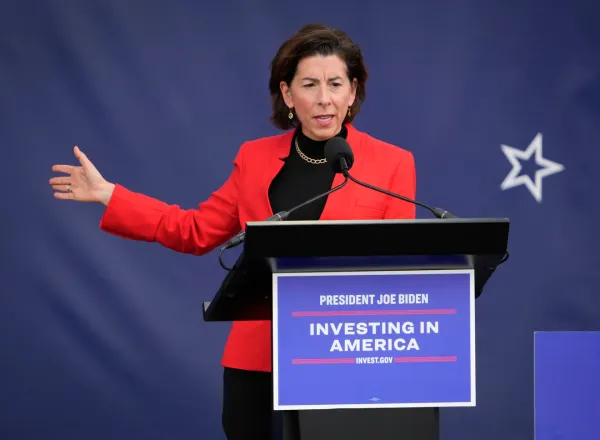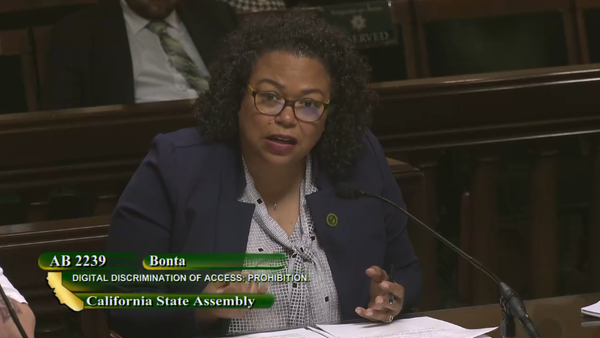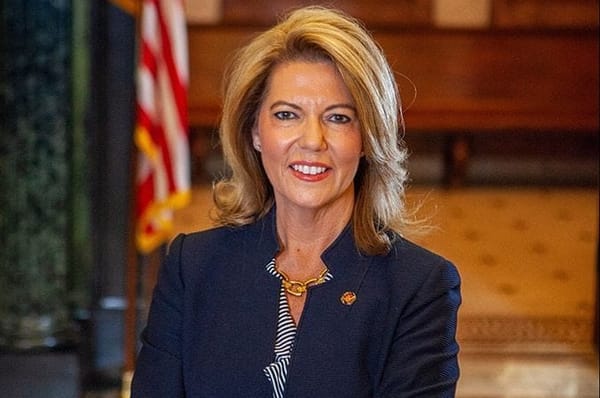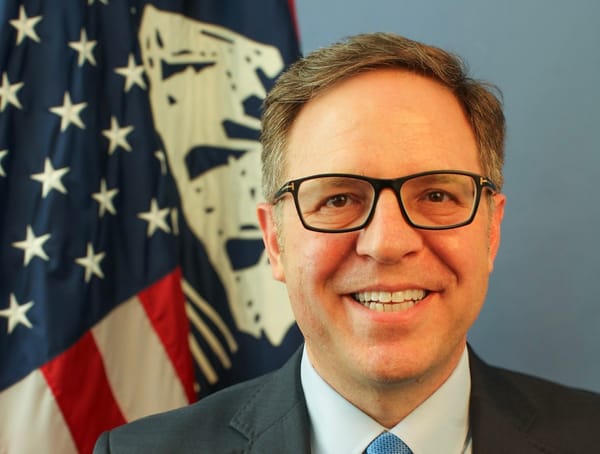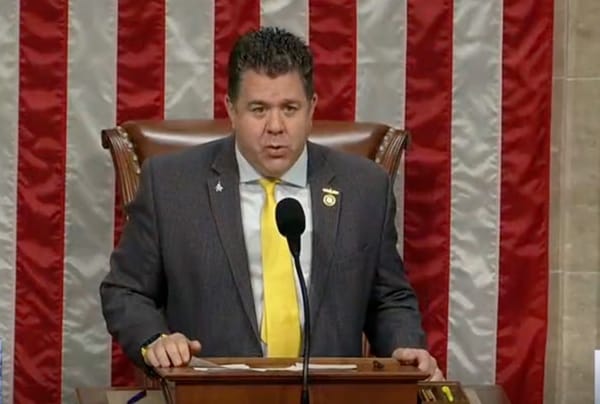Poor Broadband Maps and Lack of a Consolidated Voice Hinder Advocacy for Better Rural Internet
While there are helpful strategies to deploy rural broadband on the local level, significant barriers persist, said panelists at a local meeting on broadband in Disputana, Virginia, hosted by local members of Congress Reps. Donald McEachin and Abigail Spanberger, and livestreamed on Thursday afterno

While there are helpful strategies to deploy rural broadband on the local level, significant barriers persist, said panelists at a local meeting on broadband in Disputana, Virginia, hosted by local members of Congress Reps. Donald McEachin and Abigail Spanberger, and livestreamed on Thursday afternoon.
Evan Feinman, of Virginia Gov. Ralph Northam’s administration, said that there are ways to “sidestep” inaccurate broadband maps through direct communication with the public and broadband providers.
Unfortunately, with broadband maps, if there is one area of service in a census block, then the whole block is counted, said Feinman. He questioned the logic for census blocks being “rounded up” as “served” instead of “rounded down” as “unserved.”
Federal Communications Commissioner Geoffrey Starks, also in attendance, agreed with Feinman. Starks said he believes in the “challenge process” because the maps are significantly unreliable.
Virginia Cable TV Association President Ray LaMura said that there needed to be “targeted policy changes” to aid in broadband deployment to unserved areas, like “reduc[ing] other buildout costs and delays” and “creat[ing] federal grant subsidy programs,” said LaMura.
LaMura also suggested using the same maps across the board and focusing funding on unserved areas.
“The average American family spends $2,700 dollars on their internet, cable, and on their phone,” and families need affordable broadband, said Starks.
Starks also expressed his concern for the Rural Digital Opportunity Fund approved by the FCC on January 30, 2020. He said he was worried that ambiguities surrounding language regarding areas currently receiving state subsidies would disturb the federal/state relationship. This “penalizes the states,” said Starks.
As additional barriers to broadband deployment, LaMura mentioned the increased costs for utility poles.
Rep. Spanberger called for communities fighting for broadband to unite.
There is not a “consolidated voice,” and distance in the rural communities is a barrier to advocacy, said Spanberger.
Spanberger suggested utilizing the “pockets for advocacy” in schools and groups to raise awareness. The cost of bridging the digital divide will become exponentially greater if there isn’t prompt action, warned Spanberger.


